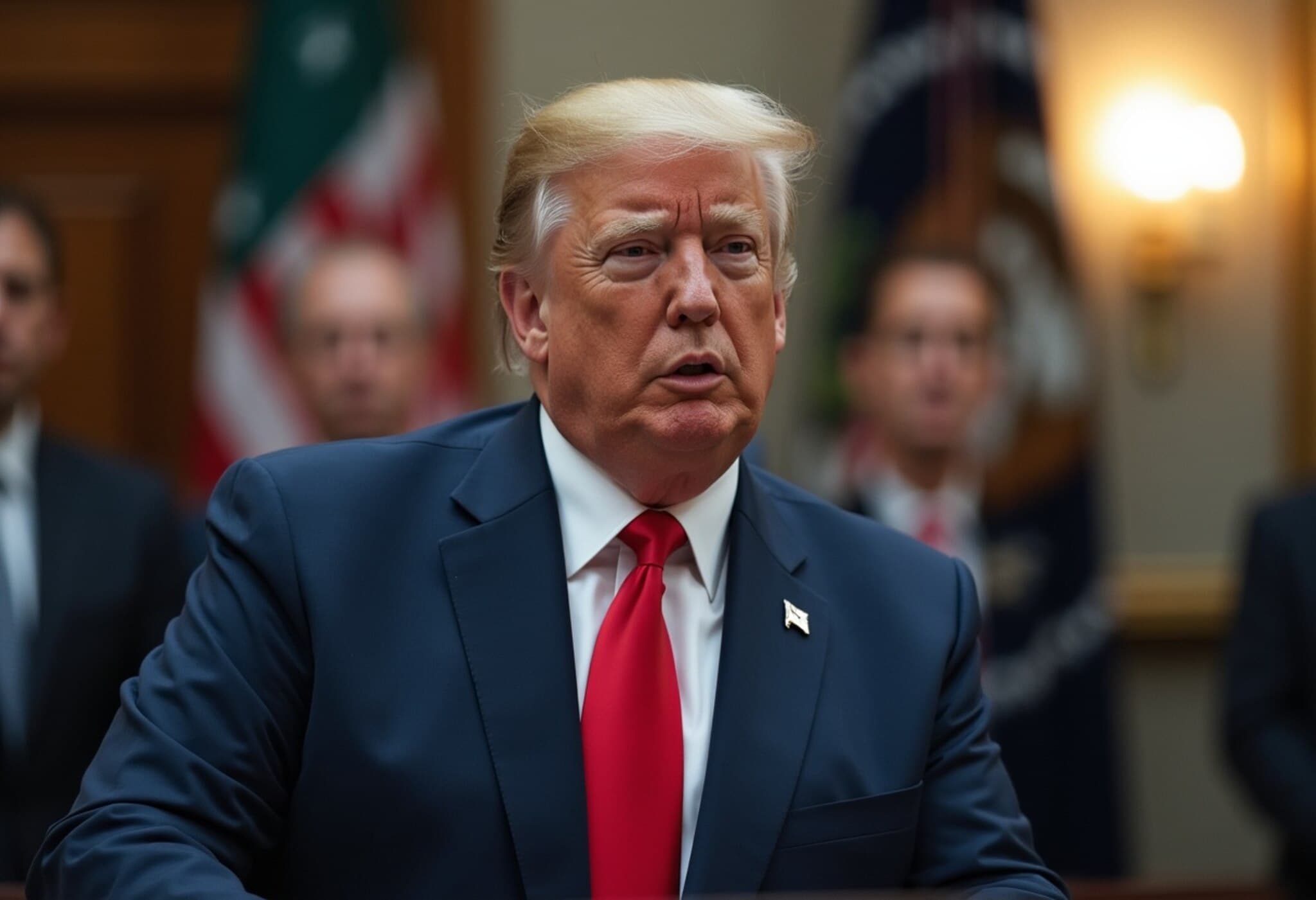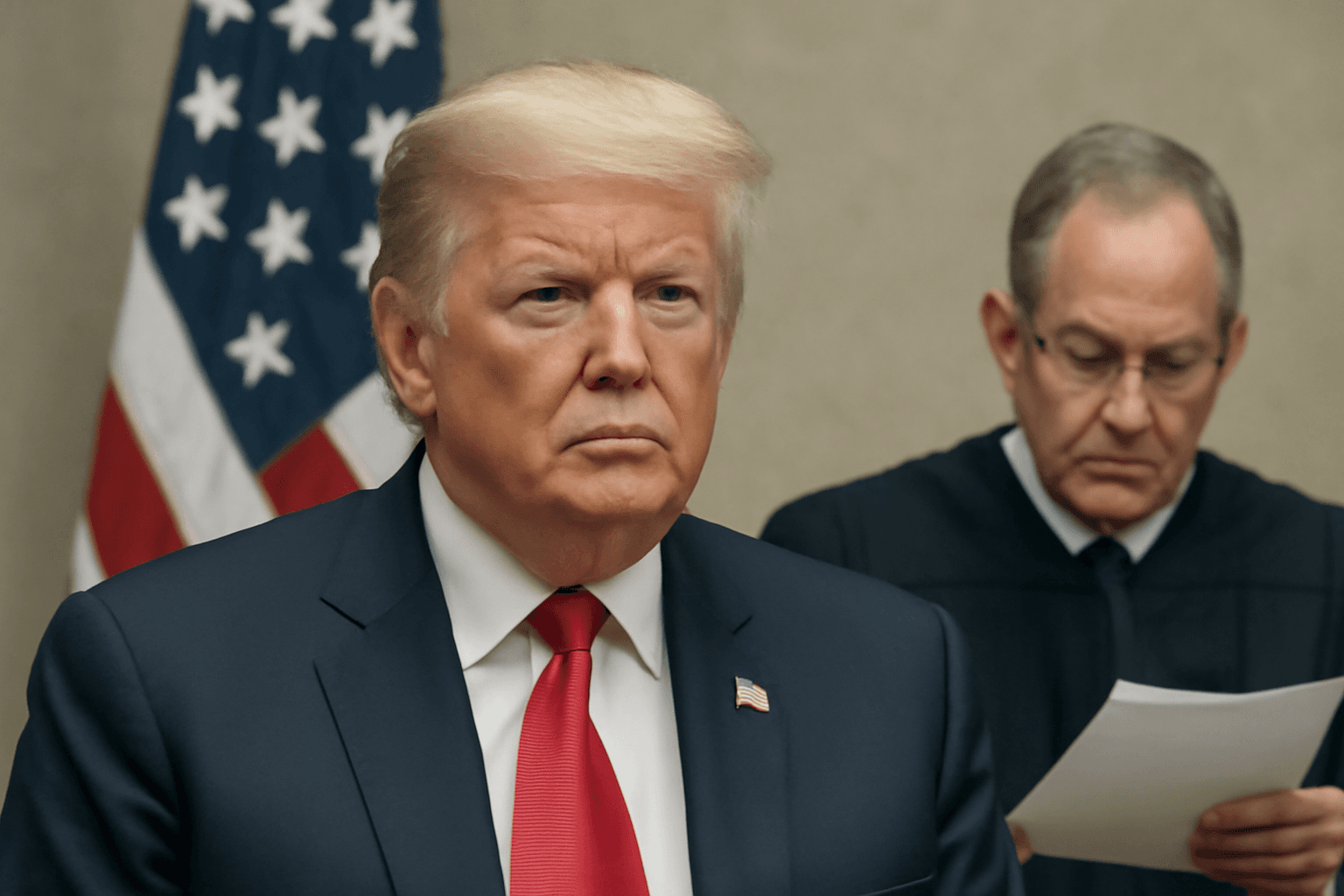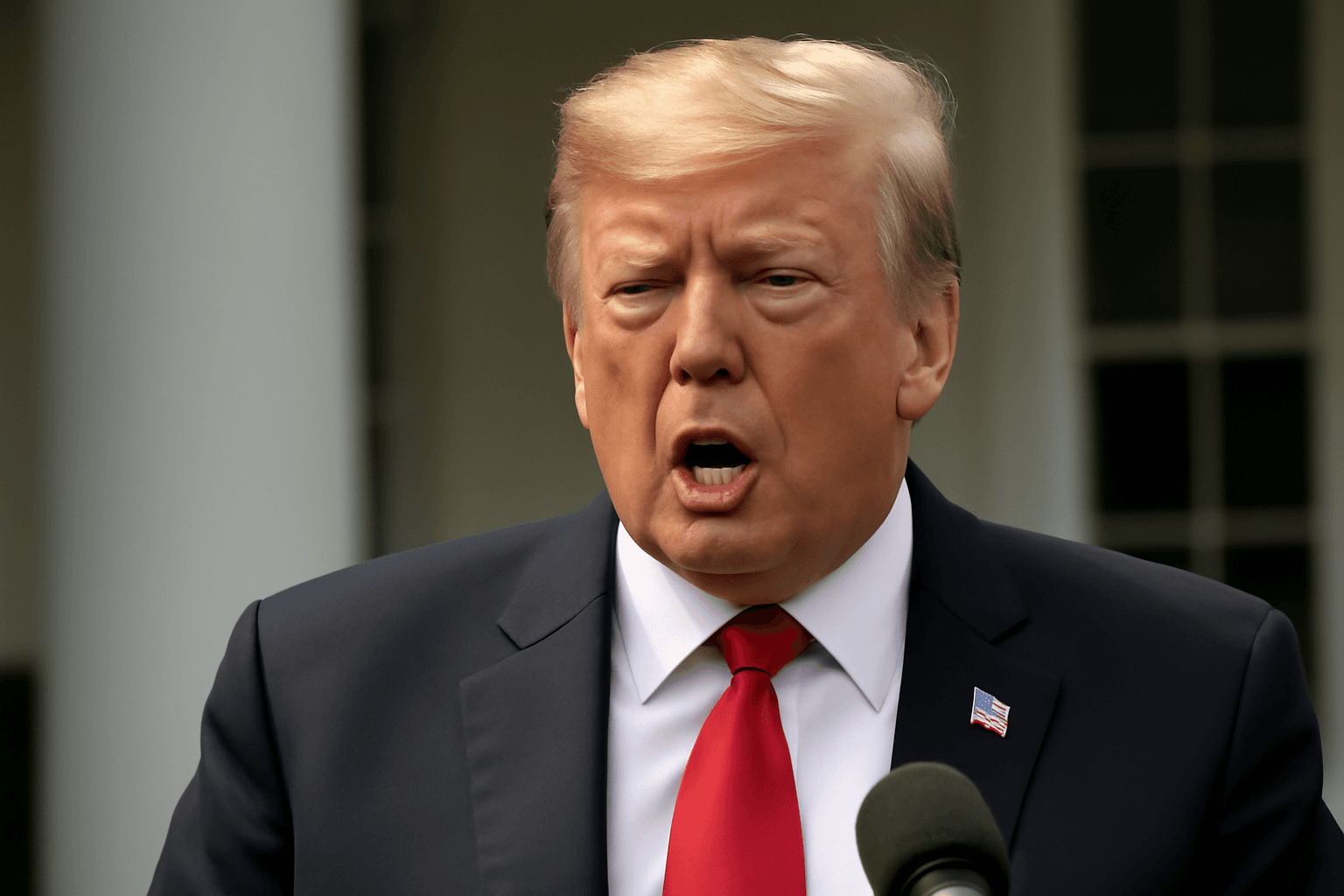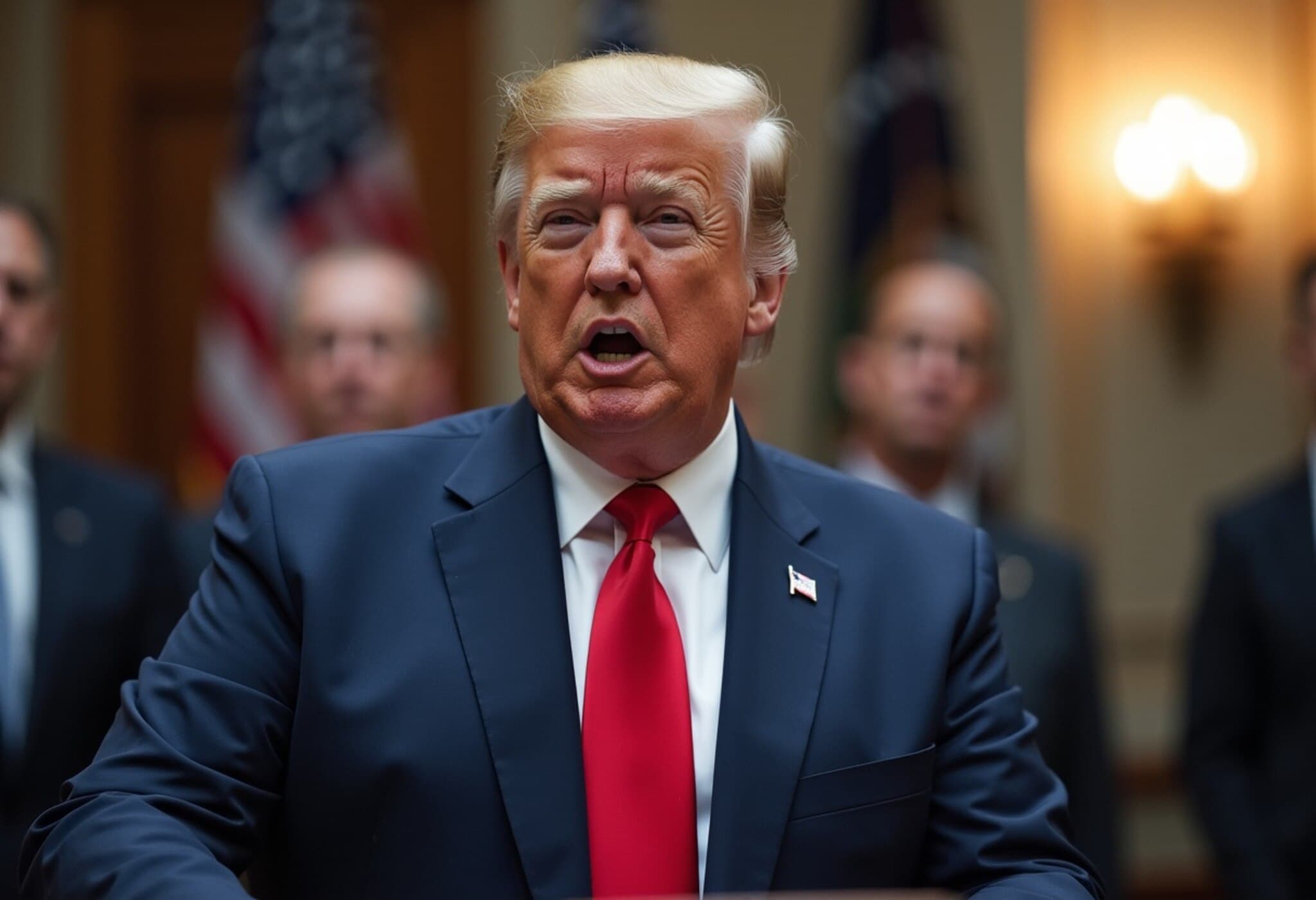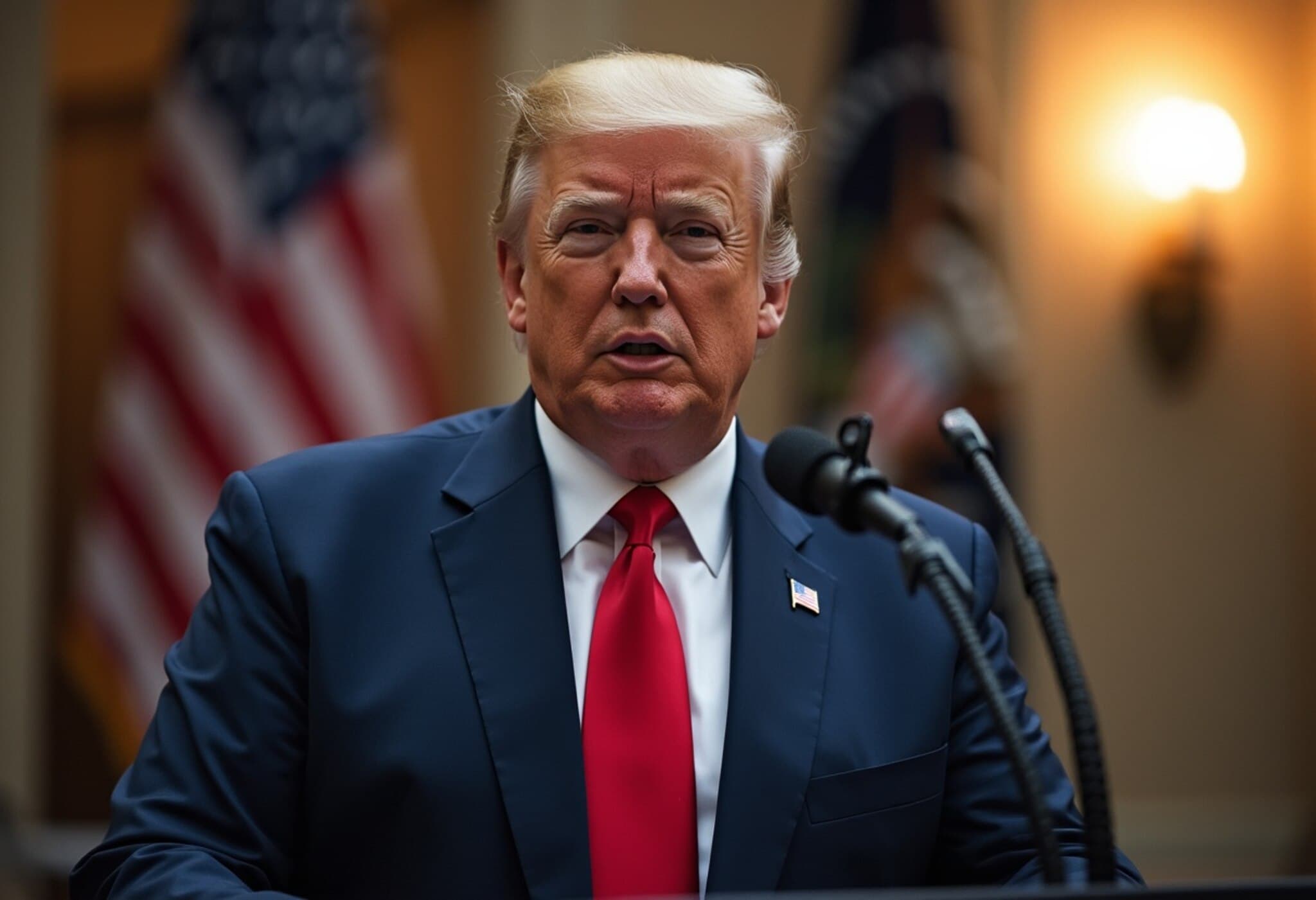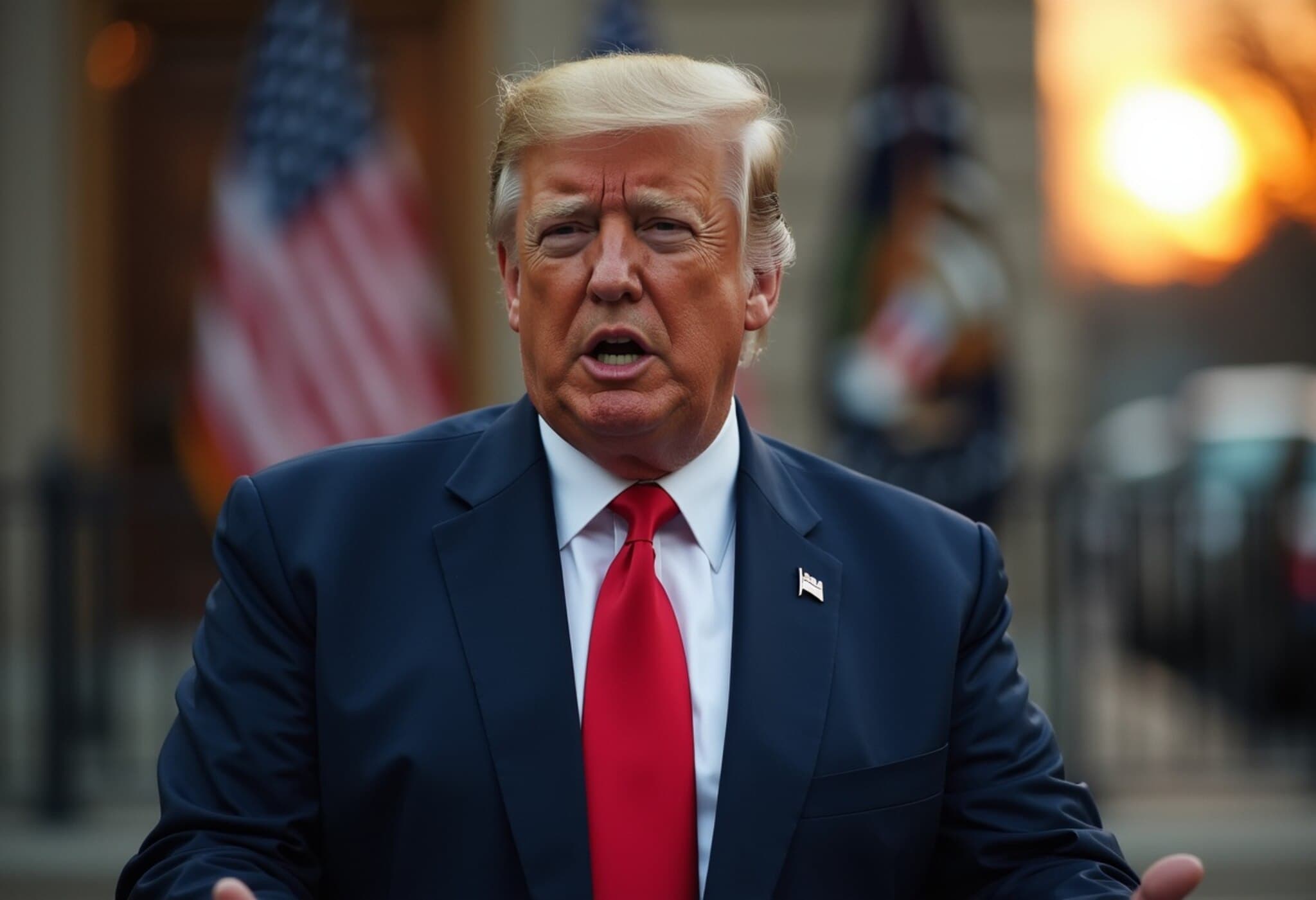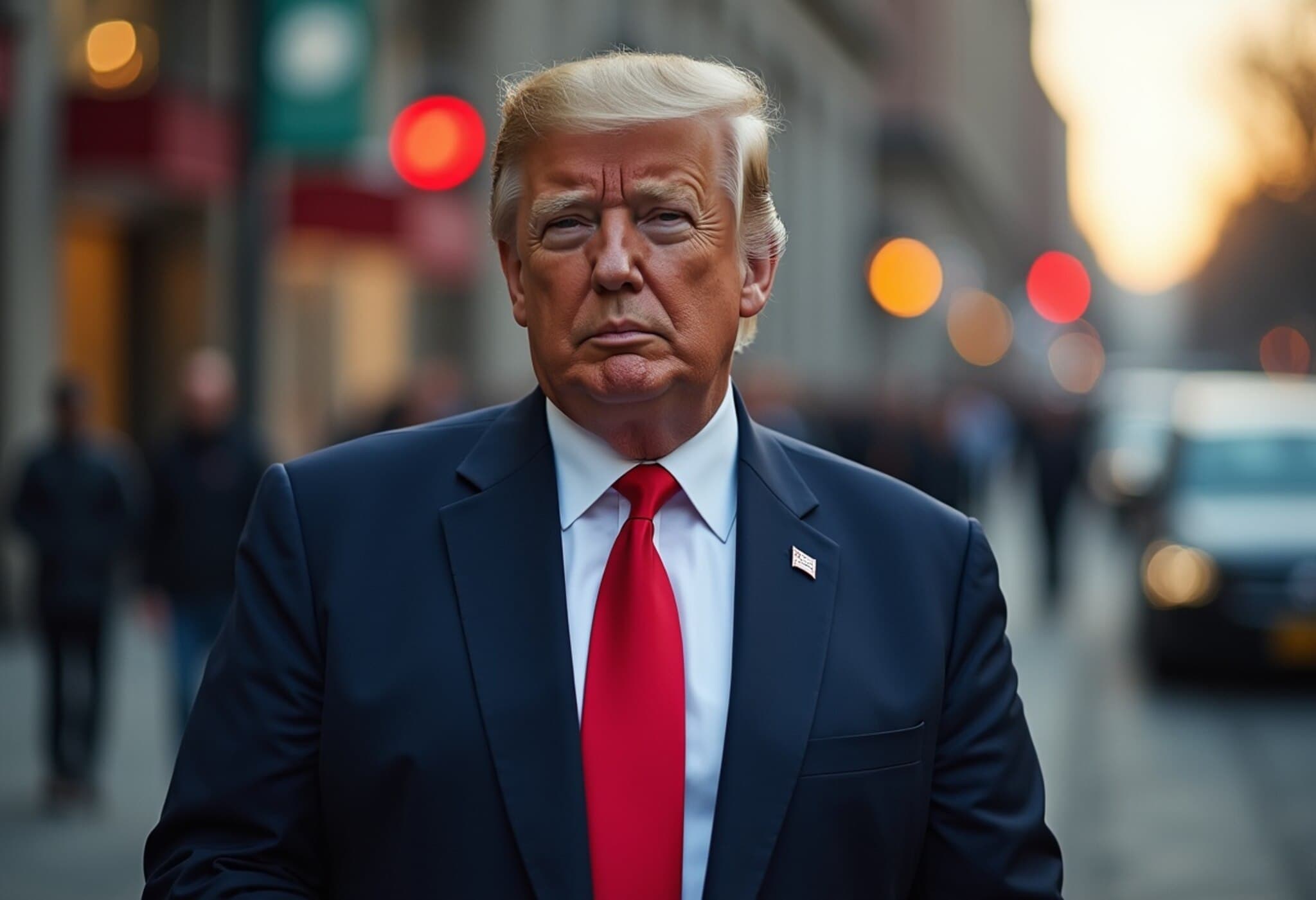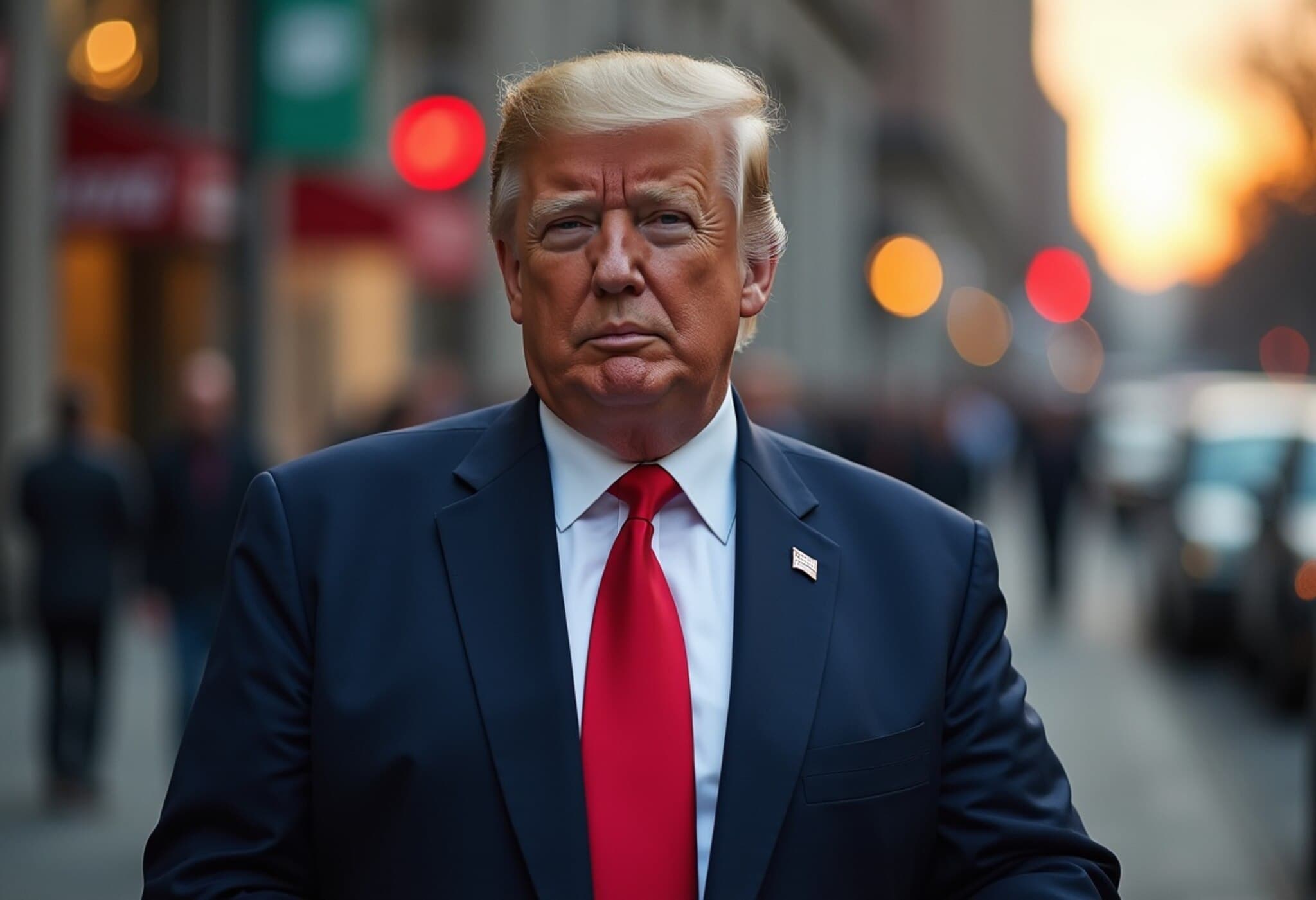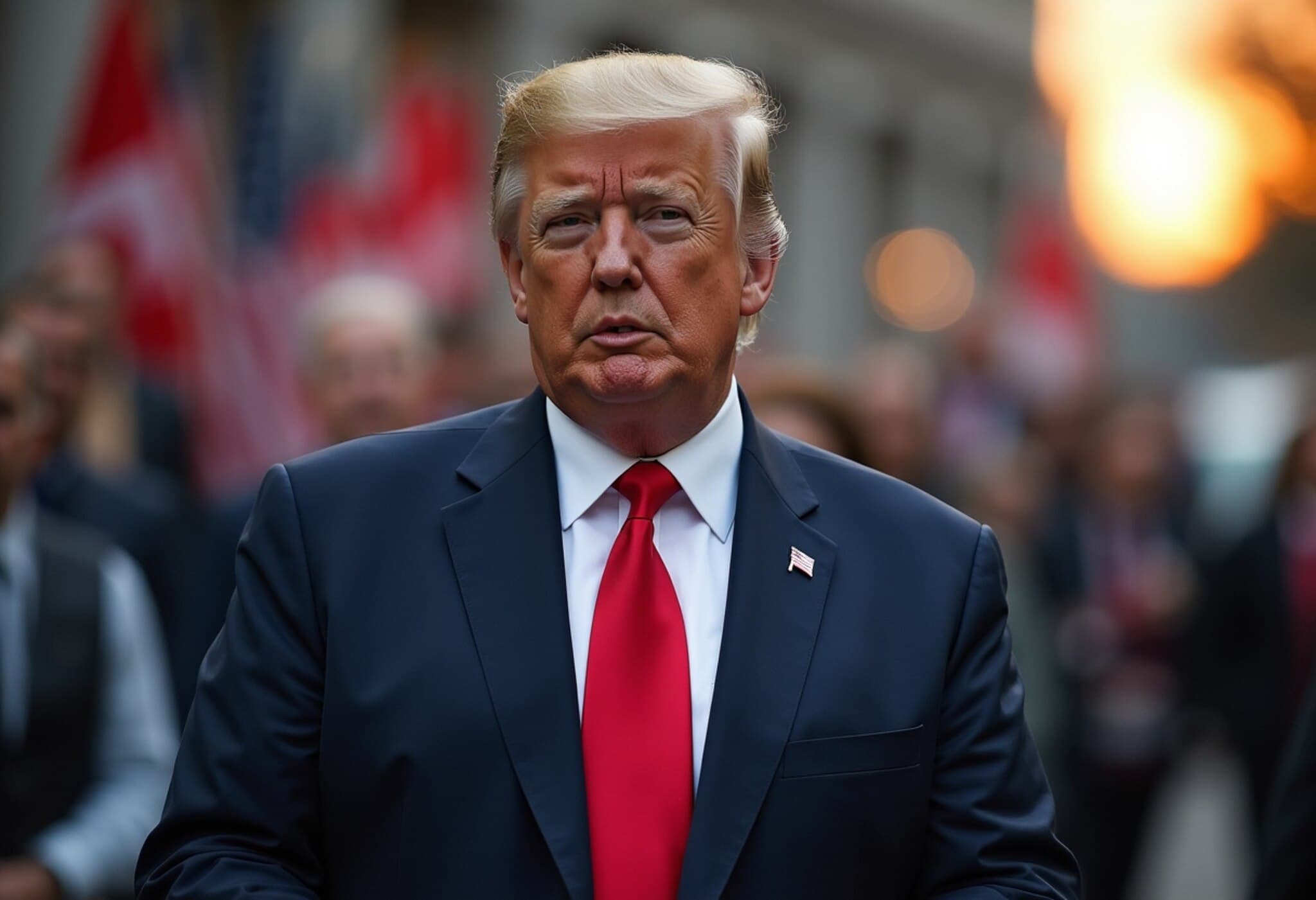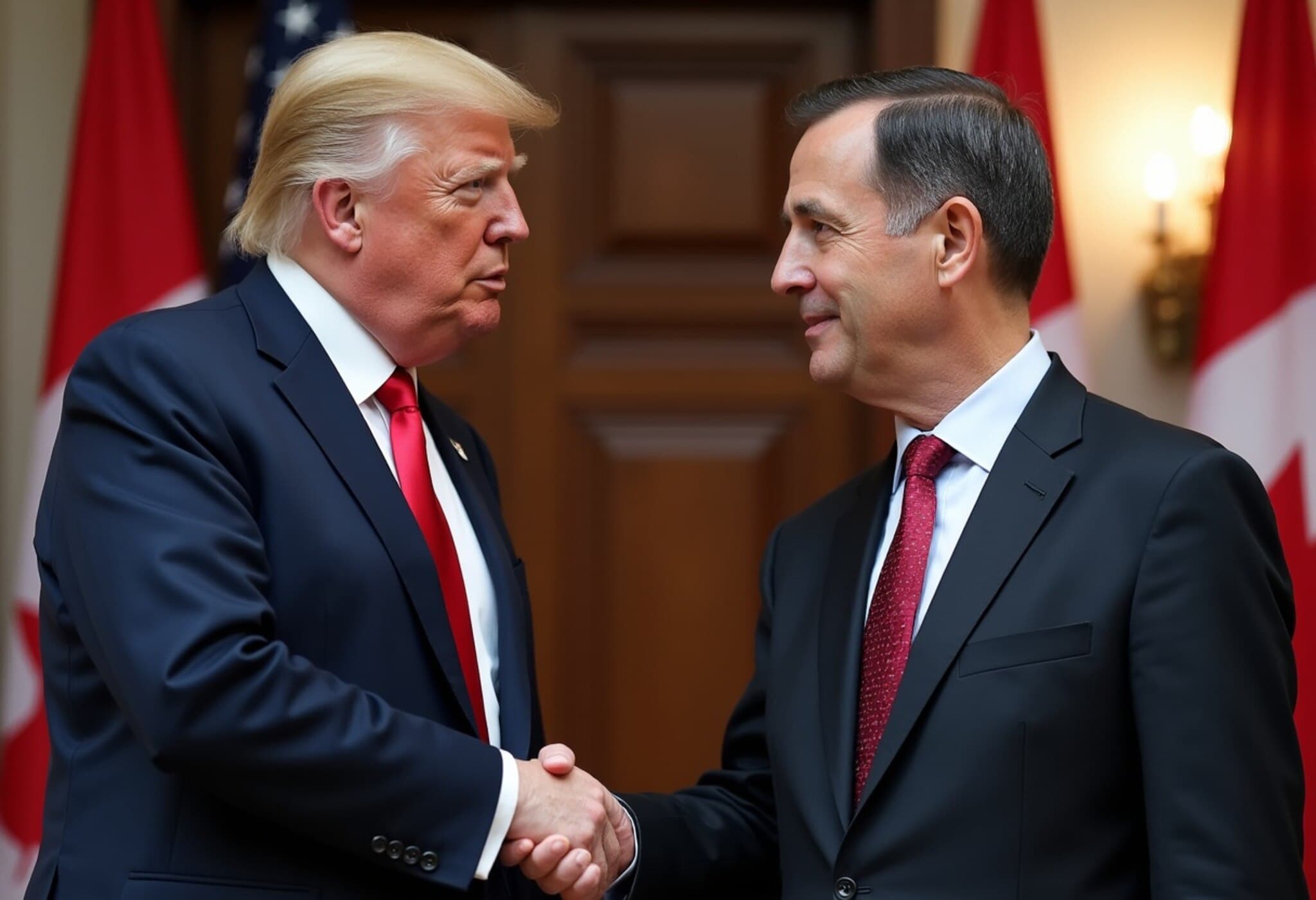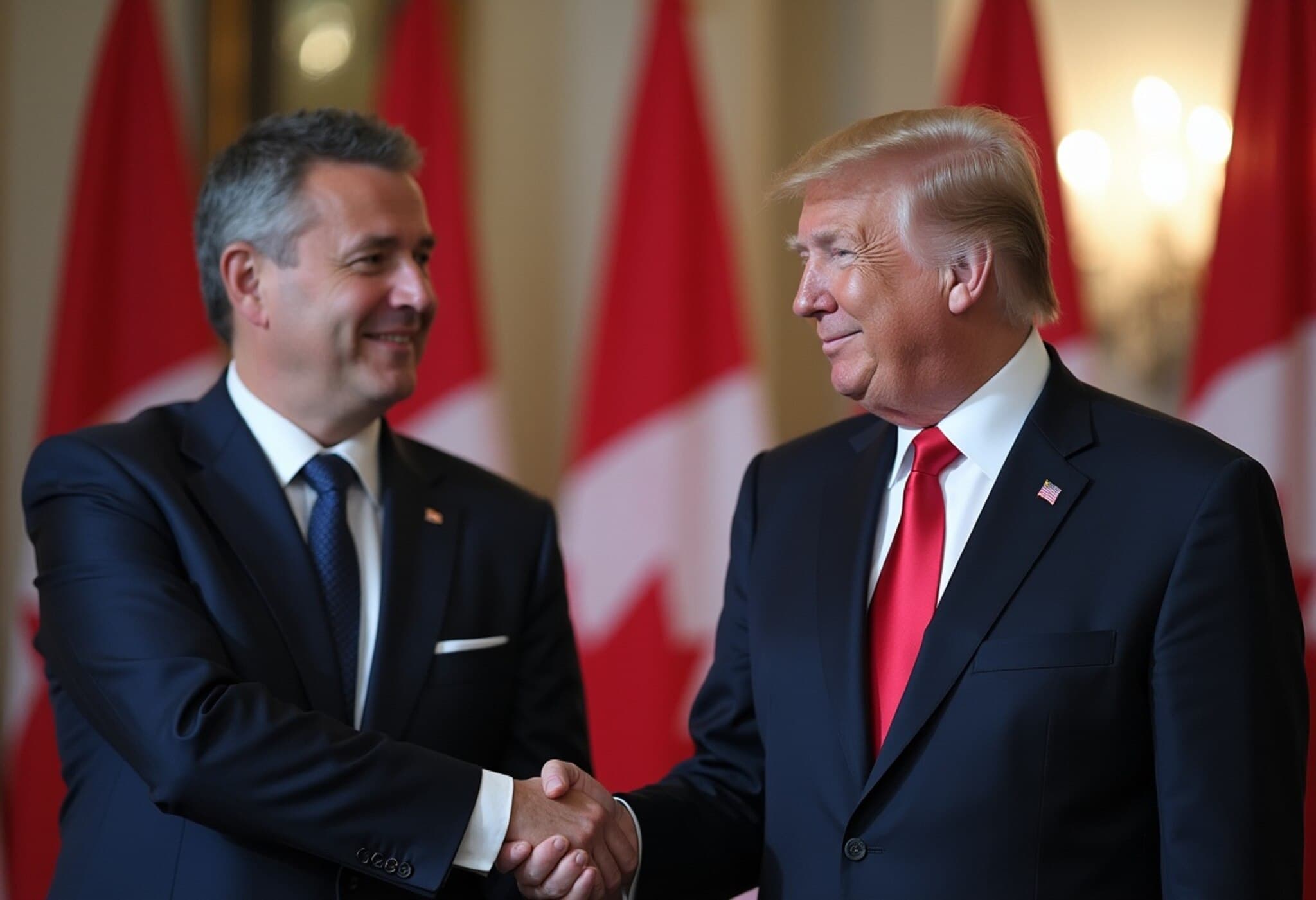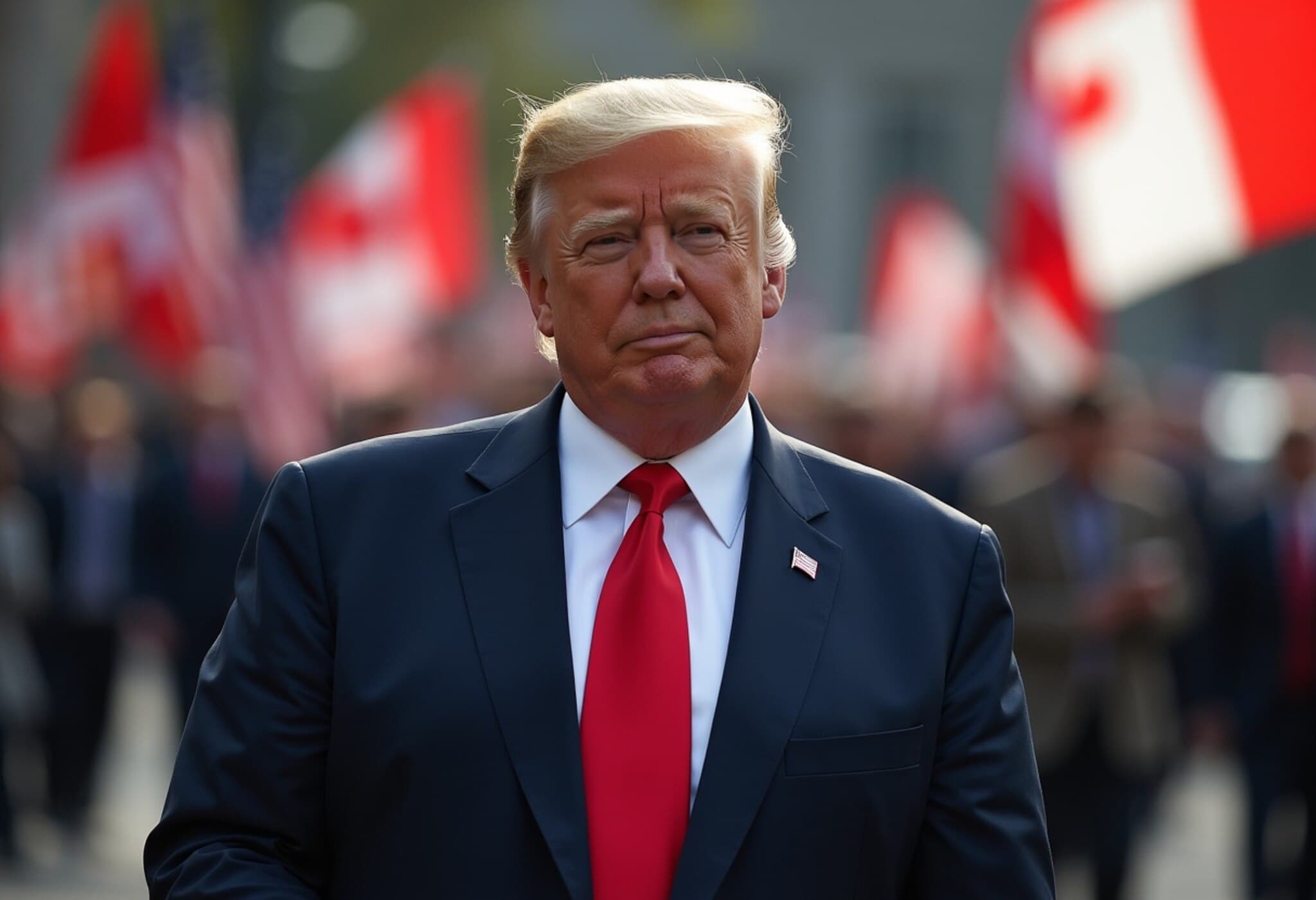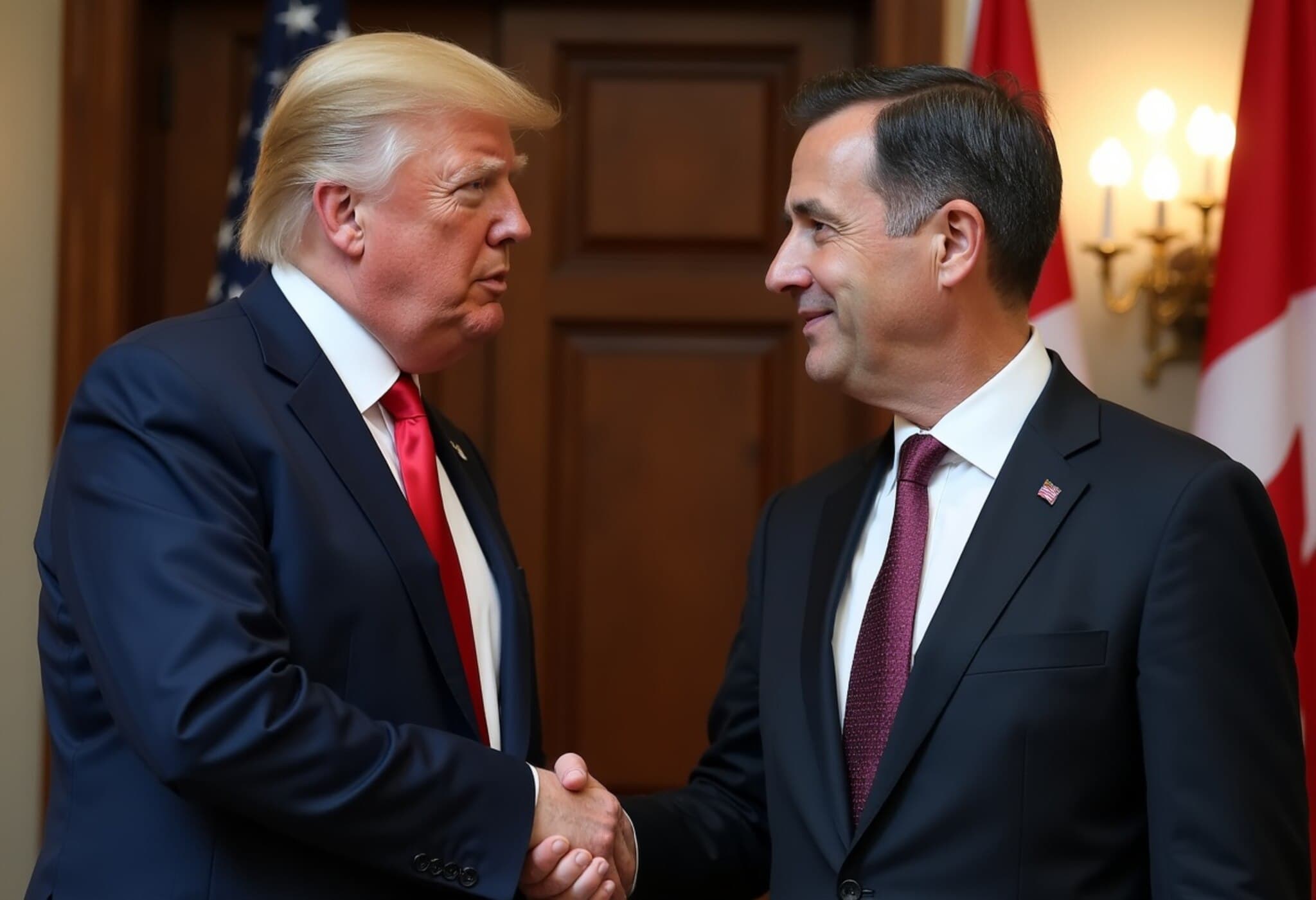Trump Delays Hike on Mexico Tariffs to Allow More Time for Trade Talks
In a surprising move that momentarily eases tensions on North American trade, President Donald Trump announced on Thursday that he would maintain current tariff rates on Mexican imports for an additional 90 days. This pause aims to provide a window for U.S.-Mexico negotiations to progress toward a formal trade agreement.
Context Behind the Tariff Extension
Previously, Trump had threatened to increase tariffs on Mexican goods to 30%, escalating from the already steep 25% tariffs initially imposed as part of his administration’s strategy to combat what he described as border security and drug trafficking issues. Mexico also faces significant duties, including a 25% tariff on automobiles and 50% tariffs on steel, aluminum, and copper imports.
The scheduled increase was set to coincide with the reinstatement of "reciprocal" tariffs on numerous countries, which had been temporarily paused but were due to snap back into effect this Friday. However, after extensive discussions with Mexican officials, Trump chose to delay this hike.
A Productive Diplomatic Exchange
The key turning point came after a "very successful" call between President Trump and Mexican President Claudia Sheinbaum. Trump emphasized during the call that mutual understanding between the two governments is strengthening, citing the unique complexities that the U.S.-Mexico border presents—marked by both challenges and significant economic assets.
Trump’s official statement revealed an agreement to maintain the existing tariff structure for three additional months, including:
- 25% tariff on fentanyl-related products
- 25% tariff on automotive imports
- 50% tariffs on steel, aluminum, and copper
In addition, Trump claimed that Mexico has "agreed to immediately terminate its Non Tariff Trade Barriers", although he did not specify which particular barriers would be lifted. Non-tariff barriers often include regulations, quotas, or customs procedures that can significantly impact trade flows but are less visible than direct tariffs.
High-Level U.S. Officials Engaged in Talks
The conference call was not just a bilateral presidential conversation; key members of the U.S. administration participated, signaling the importance of the negotiations. Vice President J.D. Vance, Treasury Secretary Scott Bessent, Commerce Secretary Howard Lutnick, Secretary of State Marco Rubio, Trade Representative Jamieson Greer, and Deputy Chief of Staff Stephen Miller were all on the line. Such a robust lineup underscores the strategic weight the U.S. government places on the relationship with Mexico.
Why This Matters: Economic and Political Stakes
Mexico stands as America's largest trading partner, supplying countless goods and raw materials critical to diverse American industries—from automotive production to agriculture and energy. Disrupting this relationship with higher tariffs risks widespread economic repercussions, including higher consumer prices and supply chain disruptions.
Extending the tariff timeline instead of escalating duties reflects a pragmatic stance. It suggests that despite tough rhetoric, both nations recognize the necessity of cooperation to protect mutual economic interests.
Unanswered Questions and Future Outlook
While the extension buys time, critical questions remain unanswered:
- What specific non-tariff barriers is Mexico expected to lift, and how will that affect trade?
- Will the promised "trade deal" materialize within the 90-day framework or require a longer process?
- How will domestic industries in both countries lobby their governments to shape the final agreement?
Furthermore, this ongoing saga highlights the complex interplay between trade policy, border security, and political optics that both Washington and Mexico City must navigate carefully, especially with an eye on upcoming elections and economic forecasts.
Editor’s Note
This temporary reprieve on tariffs signals a cautious step toward diplomacy after months of heightened trade tensions. Yet, the devil is in the details: clarifying the non-tariff barriers and securing a comprehensive deal that addresses both security concerns and economic equity will be crucial. Observers should watch closely not only the formal statements but also the shifts in trade flows, business responses, and regional economic indicators over the coming months.
For American consumers and industries, the stakes couldn't be higher. This episode underscores how interconnected U.S.-Mexico relations remain—Inevitably, policies at the border and in trade negotiations ripple into everyday life across North America.

